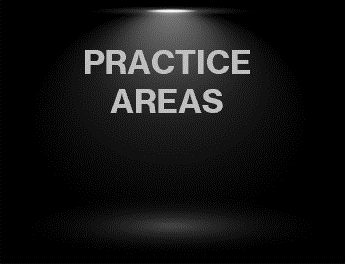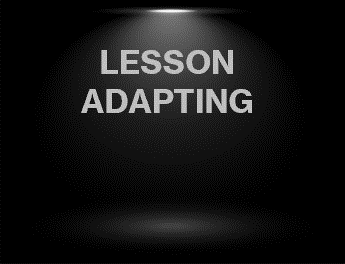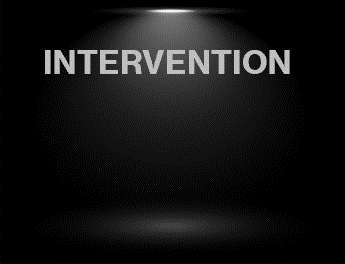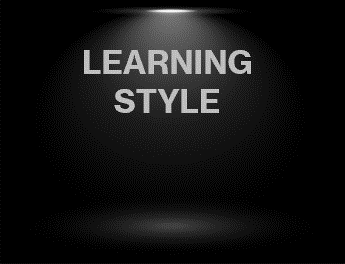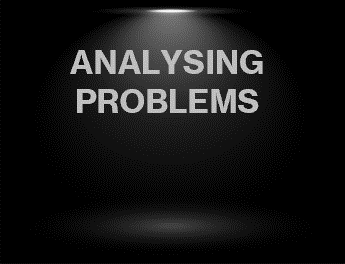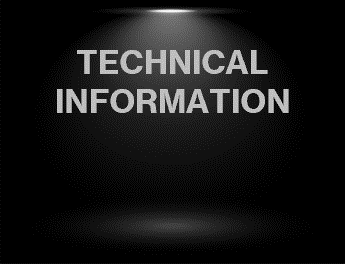What is a Safety-Critical Incident?
In it's rawest format a Safety-Critical Incident is when something happens that is unexpected
which relates to the safety of yourself , your pupil, your vehicle or anyone else outside of the vehicle.
This may be something that you, your learner or another road user caused to happen.
But whoever or whatever the cause, Safety-Critical Incidents MUST be discussed with your learner to avoid the situation happening again.
As with all the categories with the competencies assessment sheet, the understanding of "Safety-Critical" needs to be defined as
what is deemed Safety_Critical and what is not.
Forgetting to put a indicator signal on in one situation may not be deemed Safety-Critical, but in different circumstances it could be VERY Safety-Critical.
Think about a road layout where the end of the road is coming up, but 20 metres away from the end of the road is a junction on the left.
You want your pupil to turn left at the end of the road.
As they approach the junction there is nothing around anywhere.
You give them the instruction to turn left at your usual timing for giving a direction, they assess their surroundings and place on a left signal but it has been placed on before the turning on the left.
They arrive at the end of the road which is clear in both directions and they proceed to turn left.
Nothing Safety-Critical has happened here, but you would need to have a discussion about the timing of the signal.
In this case, as it did not affect anyone there is a possibility you may just mention it as you continue along the road, or if it has happened before it probably needs addressing at the side of the road to make your pupil understand the implications of signalling at the wrong time.
In the same location on a future lesson you ask your pupil to do the same thing.
This time however, there is a car waiting to turn right at the junction on the left just before the end of the road.
Your pupil places on the left indicator signal before that junction!
What this results in, is the waiting vehicle proceeds out of the junction causing either you or your pupil to slam on the brakes!
This is a Safety-Critical Incident!
THIS MUST BE DISCUSSED ASAP.
The pupils actions of placing on the signal before the junction is what caused the waiting vehicle to pull out.
First and foremost though, and thinking about the previous section regarding Intervention.
It was your responsibility as the instructor to keep the learning environment safe. This type of mistake from a learner is quite common especially in the early days of learning to drive because they have not yet built up the skills to understand fully how their actions may affect other road users.
Therefore, as the instructor you will have needed to be prepared for this type of thing to happen and possibly intervene earlier verbally to avoid it happening in the first place.
Even if the event was avoided because of verbal intervention, it would have been a great learning opportunity for you to reinforce what was discussed at the previous session and did they now have a better understanding of why they need to have an awareness of the timing of their signal and how anticipation and planning is so important while driving.
You could possibly then revisit the same location giving the pupil the opportunity to handle the whole situation themselves ensuring good planning and correct timing of their signal.
There may be occasions where the same type of situation may arise. Your pupil places on a signal too early but switches it off again. The waiting car pulls out in front of them as they have see the signal come on. The pupil controls the situation fully by hitting the brakes hard and says "Oops too early, My Bad!"
The situation was created by the pupil, it was Safety-Critical because it made the car pull out and your pupil had to hit the brakes.
Although it didn't lead to an accident, on another occasion it might.
Clarifying with the pupil about their actions is still a MUST!
Dependent on the location at the time of a Safety-Critical Incident occurring, it may not be convenient for you to pull over and discuss what happened, therefore, you must highlight it to your pupil and say that when it's is safe you'll get them to pull in so you can discuss it.
Maybe say something like "Put a pin in what's just happened and we'll chat about it in a minute"
This will enable them to log what did just happen so that they will remember what it was when you do get round to pulling in.
Sometimes, if the situation has not been pinned, just a couple of minutes later a pupil will have totally forgotten what had happened.
By not discussing it at all you run the risk of the pupil not understanding that they were the cause and why they caused it, which means it could happen again.


